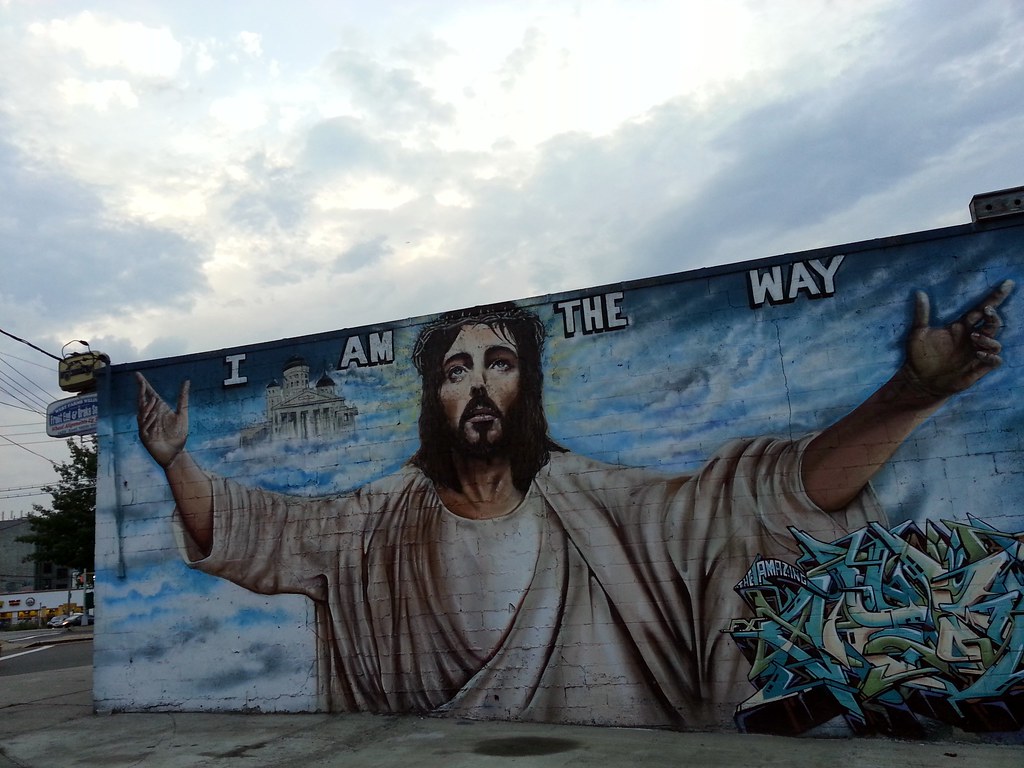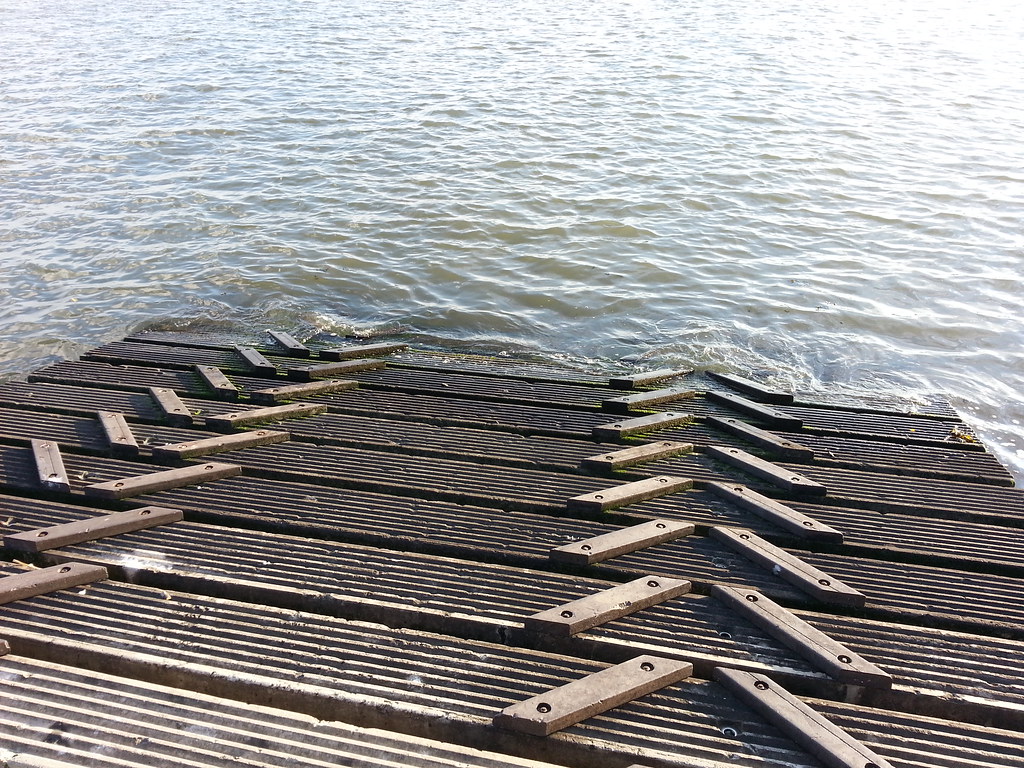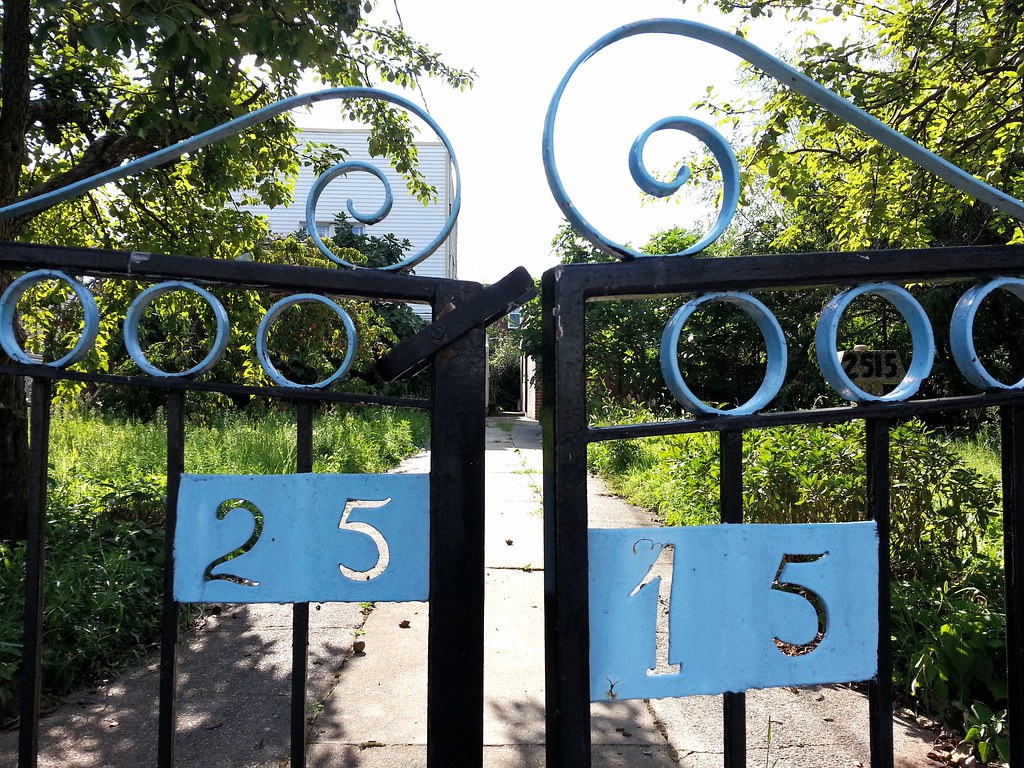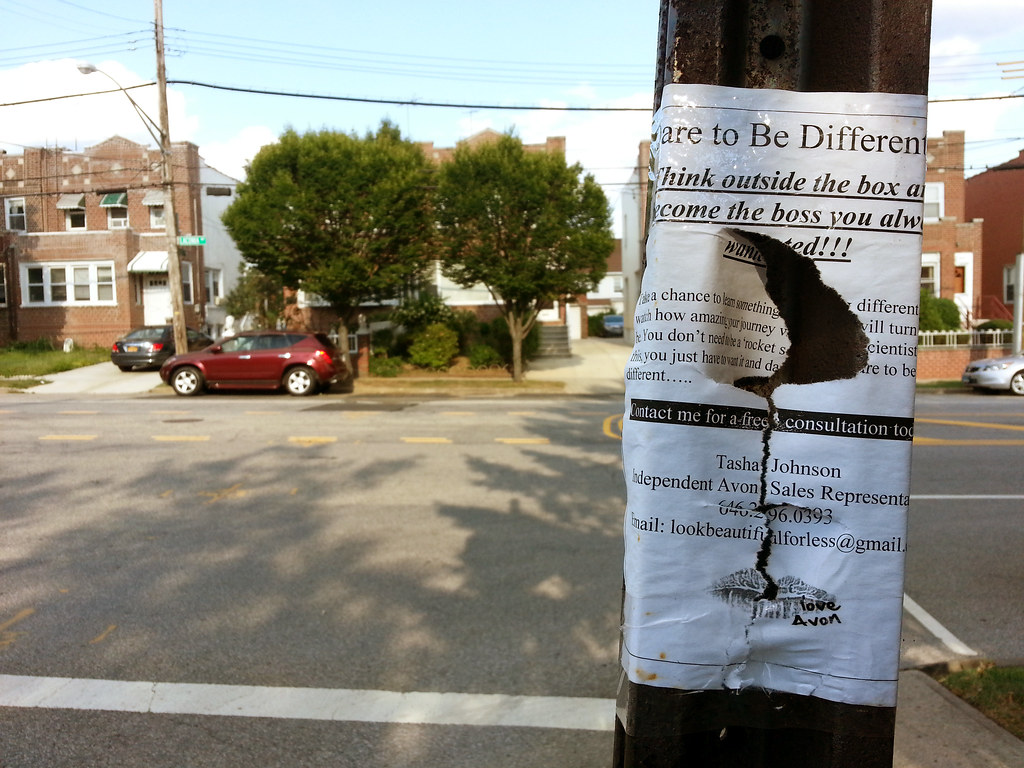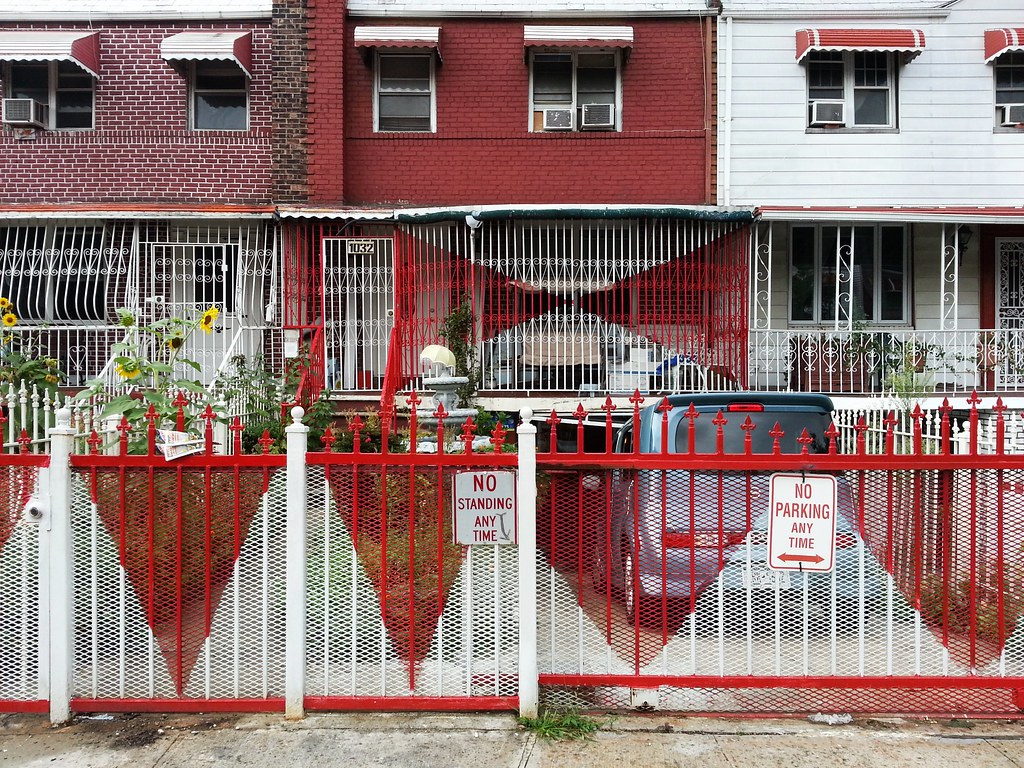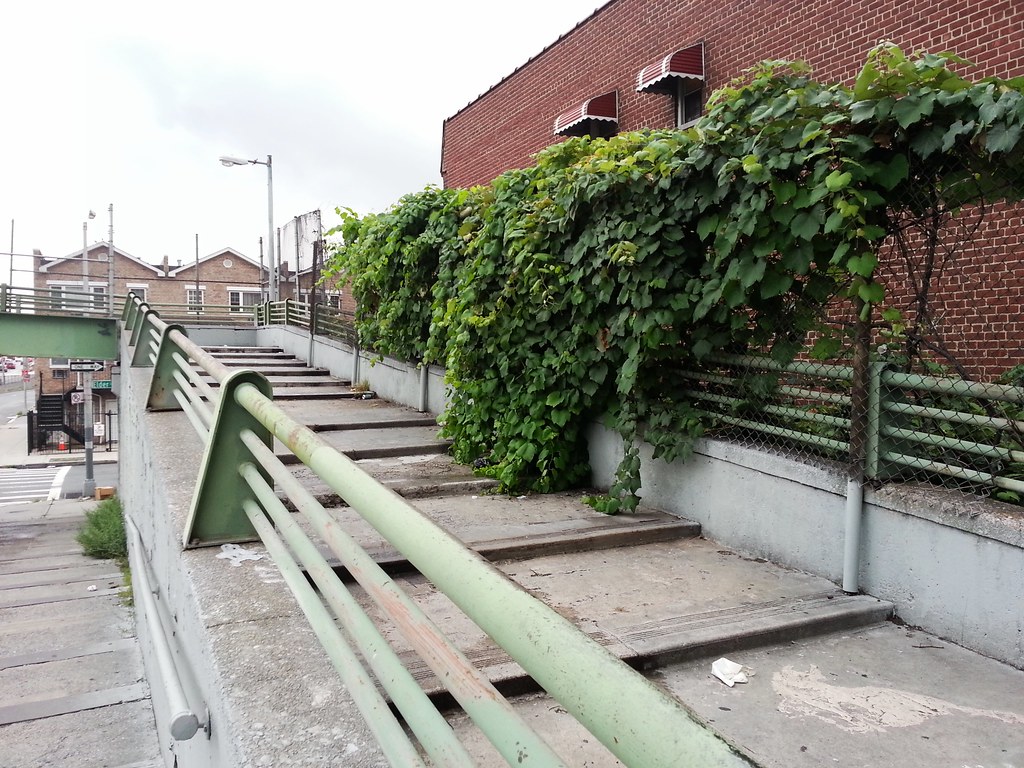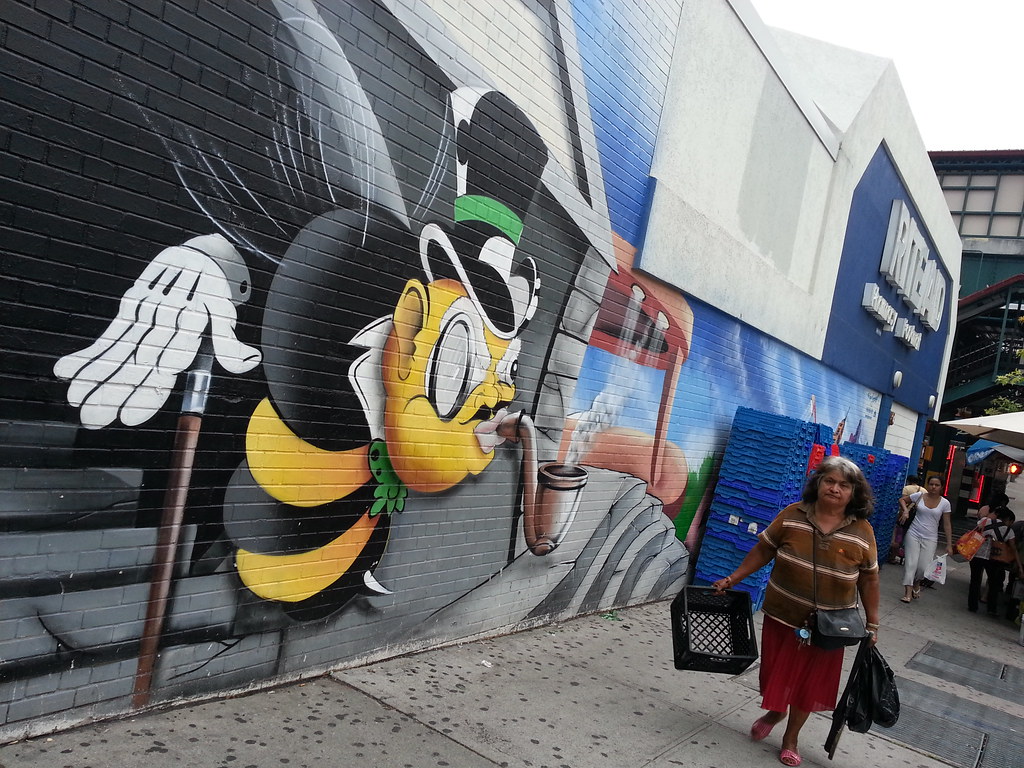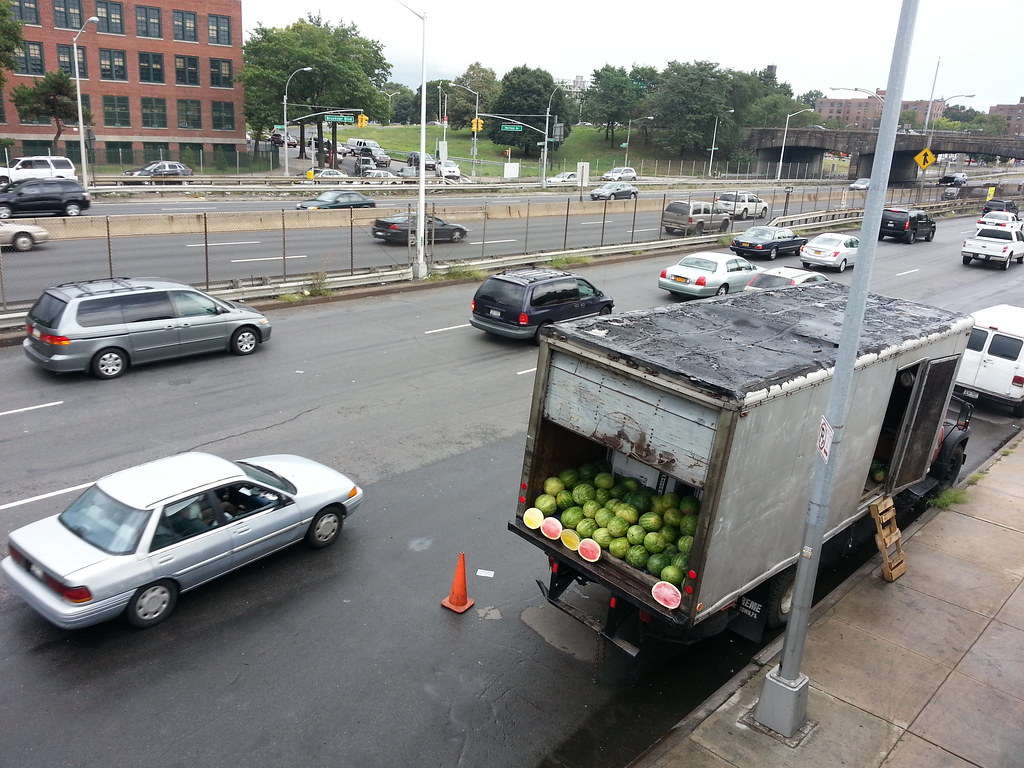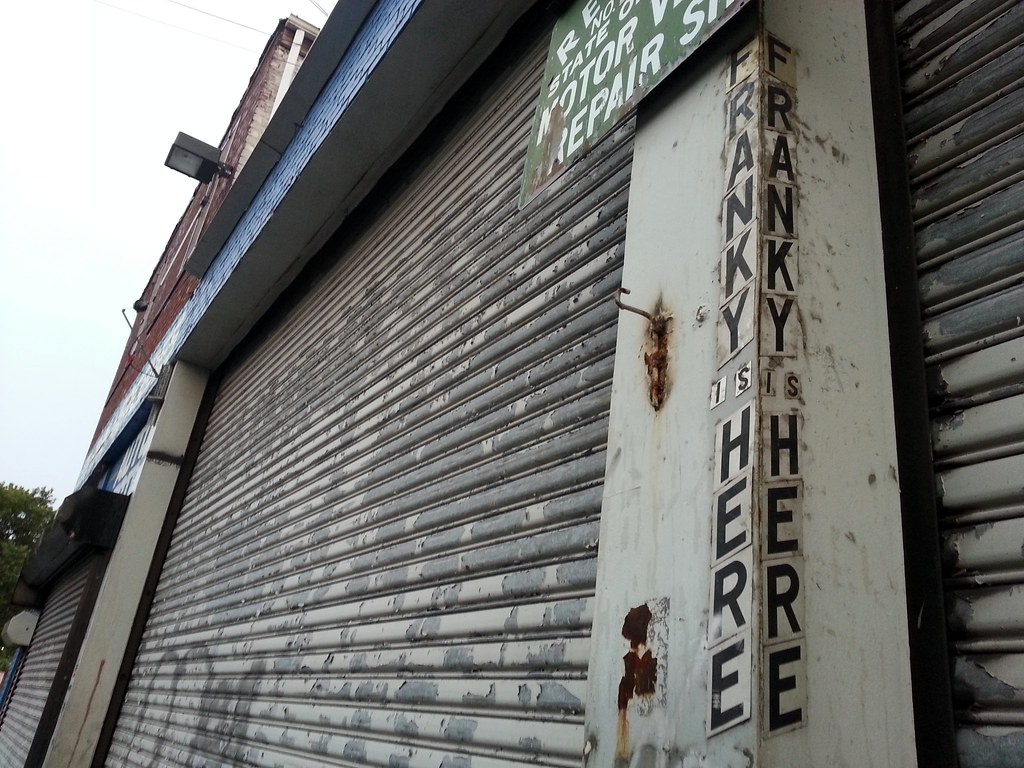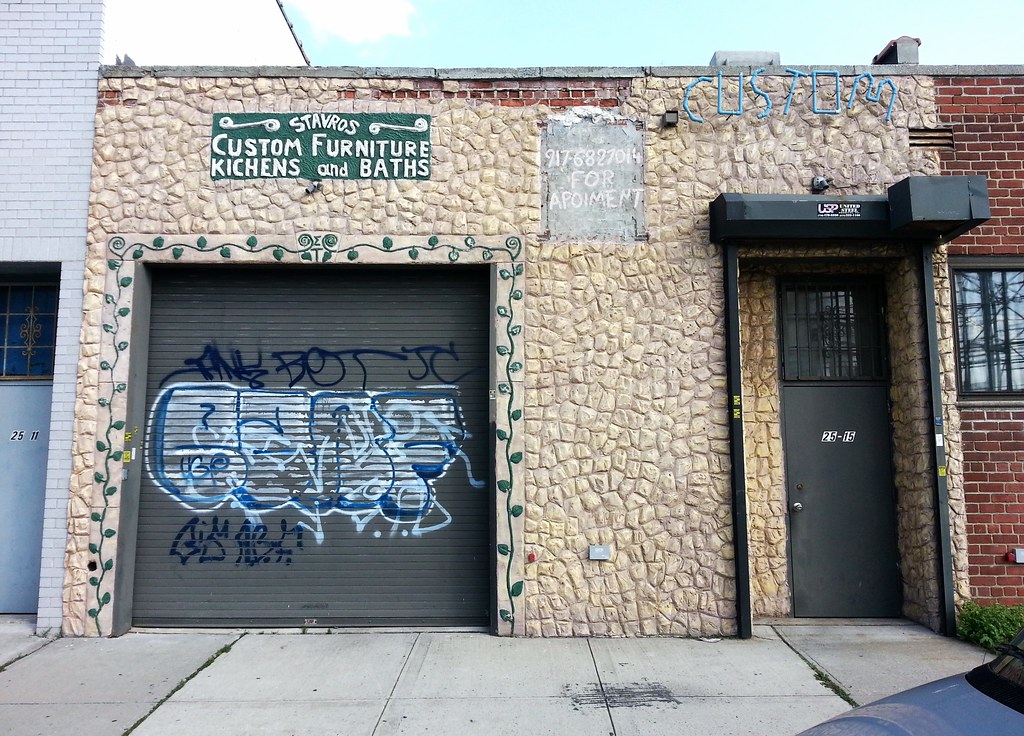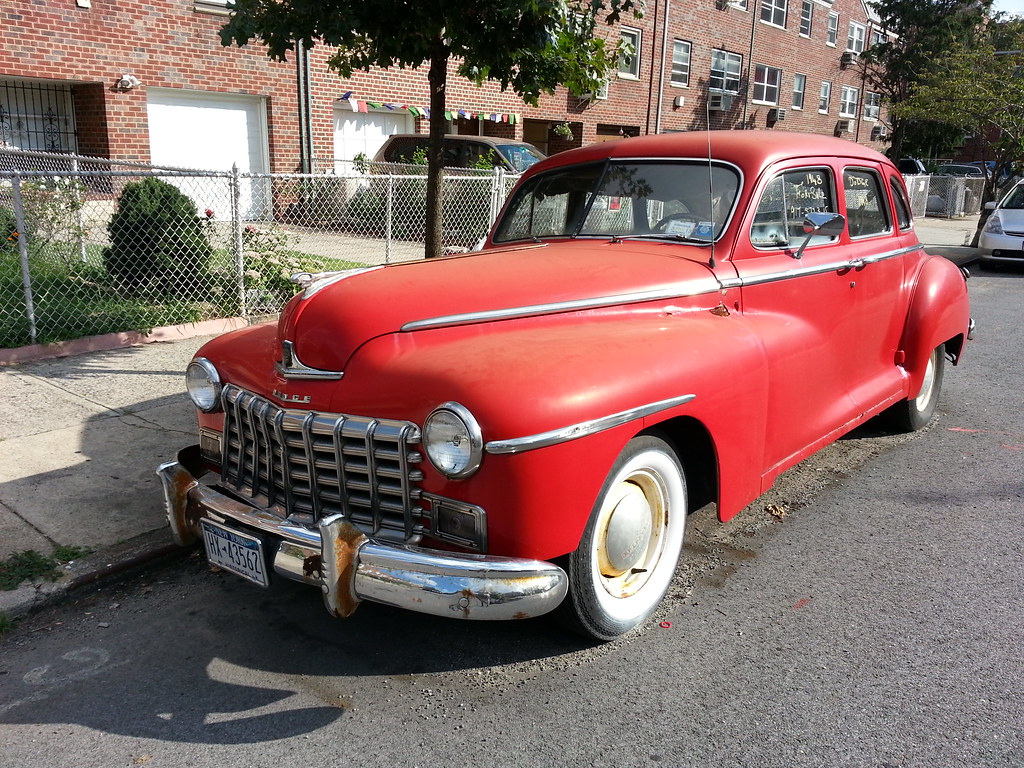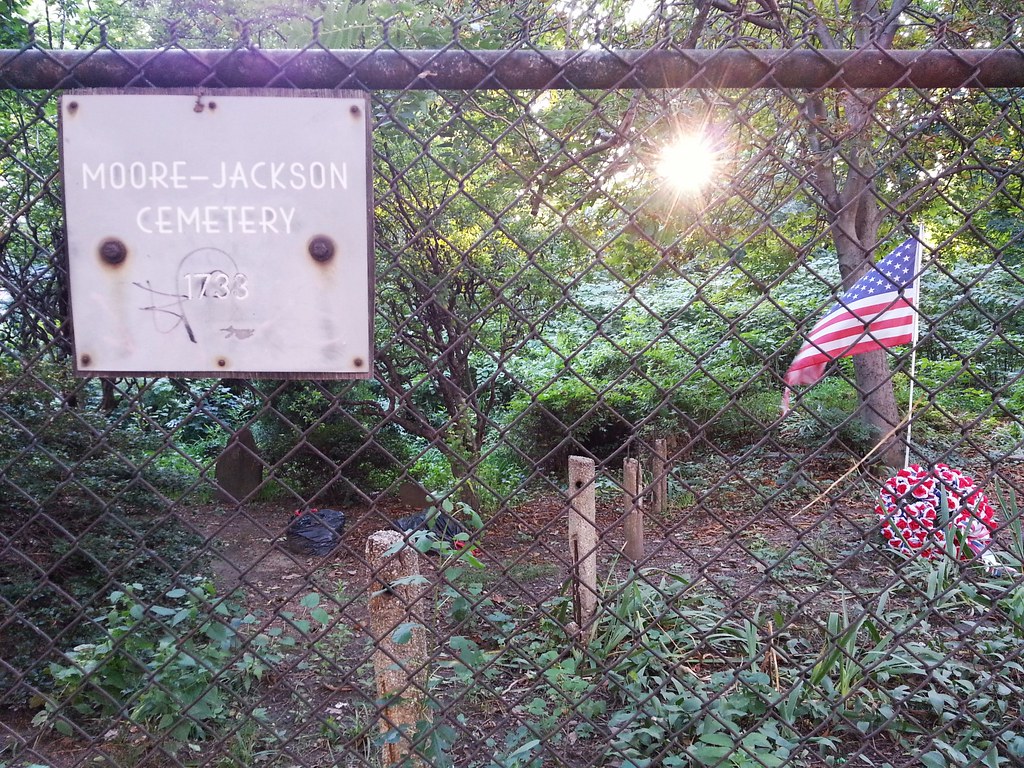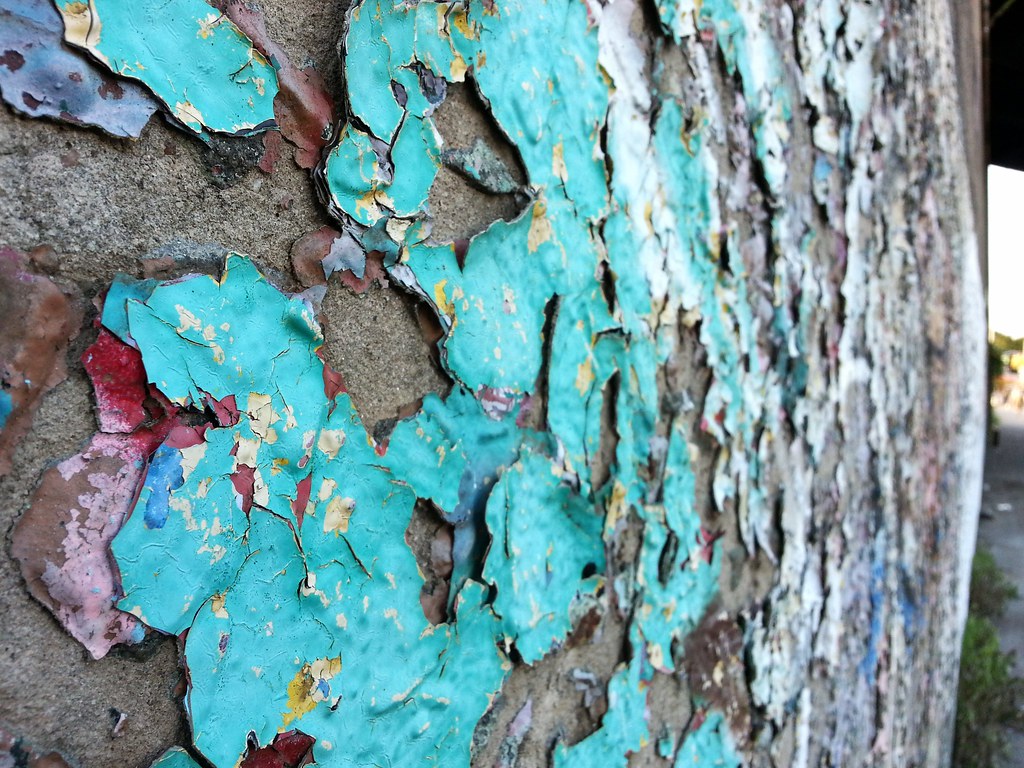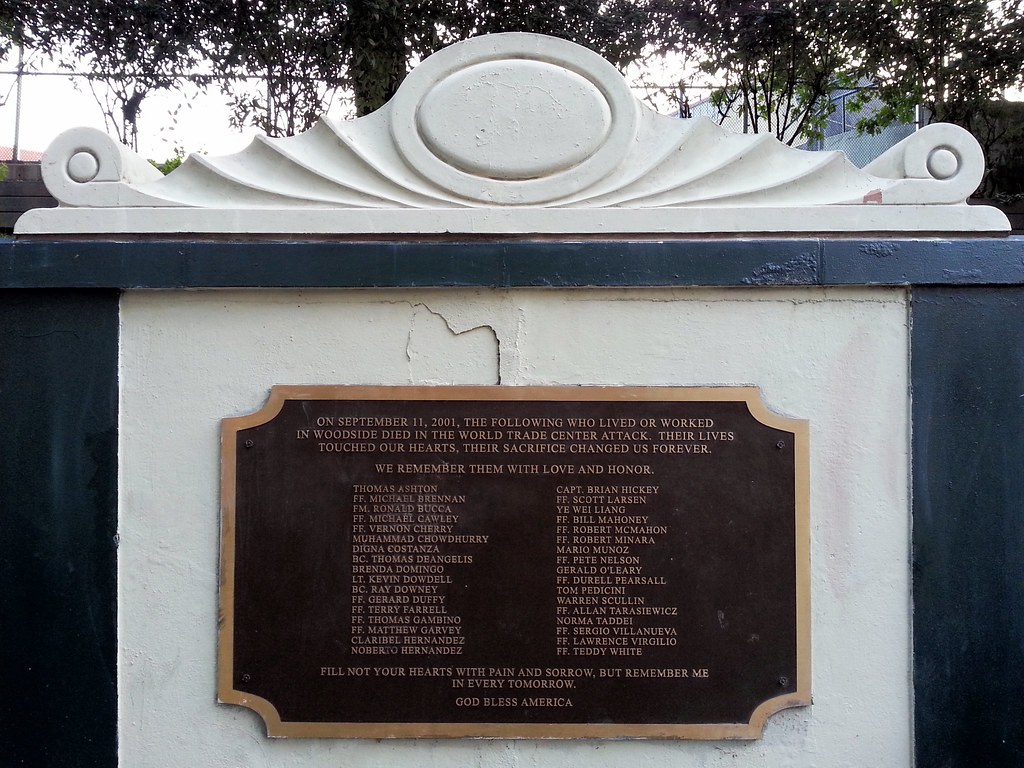
I originally listed this establishment as Barberz #20, but had to reclassify it after realizing it doesn't meet the criteria to be included in the official tally. Specifically, the z-in-lieu-of-an-s, while prominently displayed on the awning, is not part of the barbershop's name.
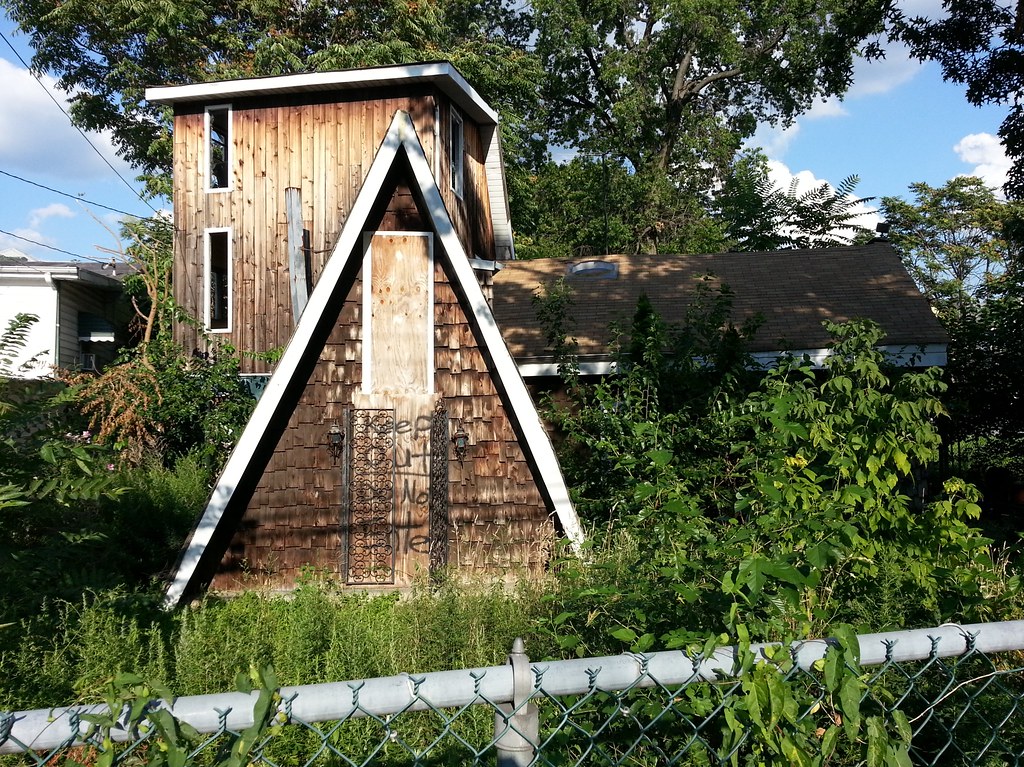
This collection of buildings in the Harding Park section of the Bronx is quite eye-catching, especially in comparison to its surroundings. What you can't see in this photo is that there are two additional structures standing right behind these three, making for a positively baffling smushed-together five-building complex angled off the street grid.

A commonly seen vine on the fences of the outer boroughs

This station house is another remnant of the defunct New York, Westchester and Boston Railway. Quite a few present-day subway stations were originally built for other open-air railroads that were later incorporated into the subway system, but this is the only fully underground subway station that was not built as part of the subway.
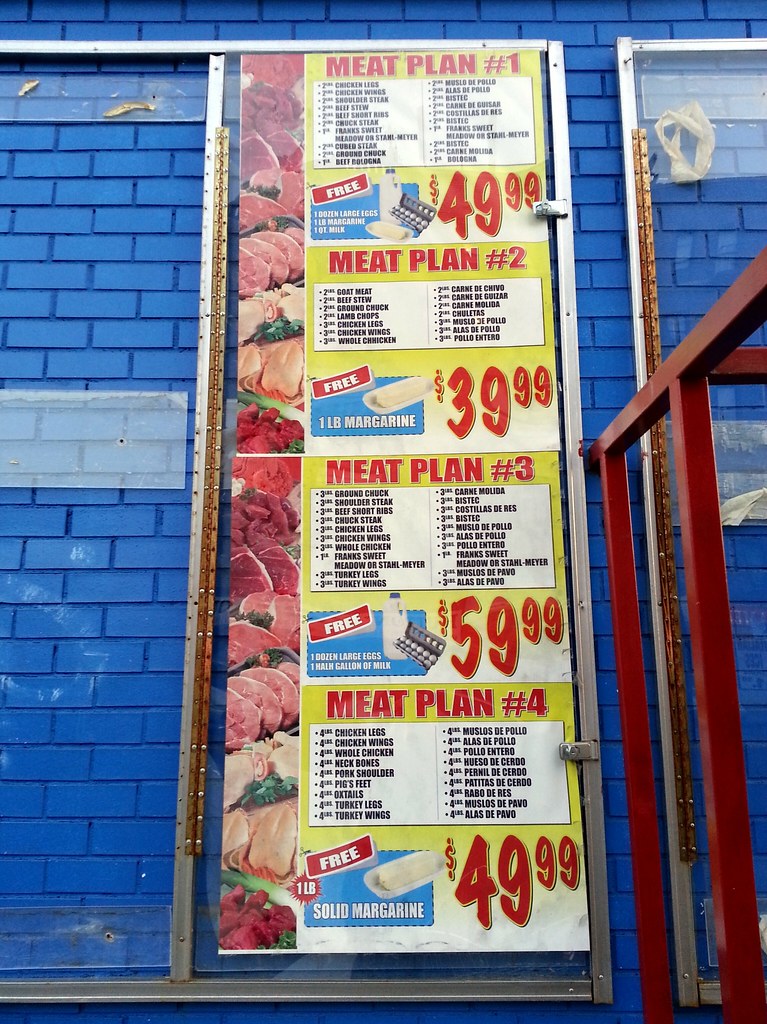
Given the panoply of threats facing our nation these days, the Department of Homeland Security recommends that each and every household prepare a meat plan to be used in case of emergency.
Or, as Duncan said: "Failing to meat plan, is meat planning to fail."

You can find a little info about him in the comments on this post.
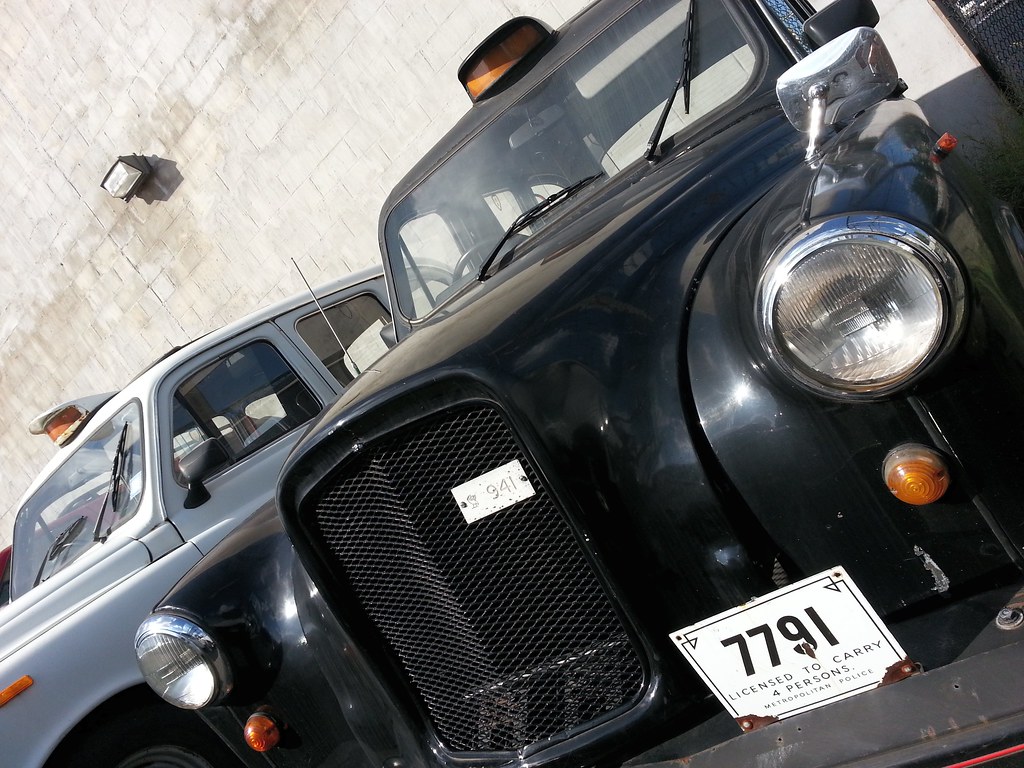
These Austin FX4s are "from the movies", according to the mechanic at work in this used-car lot
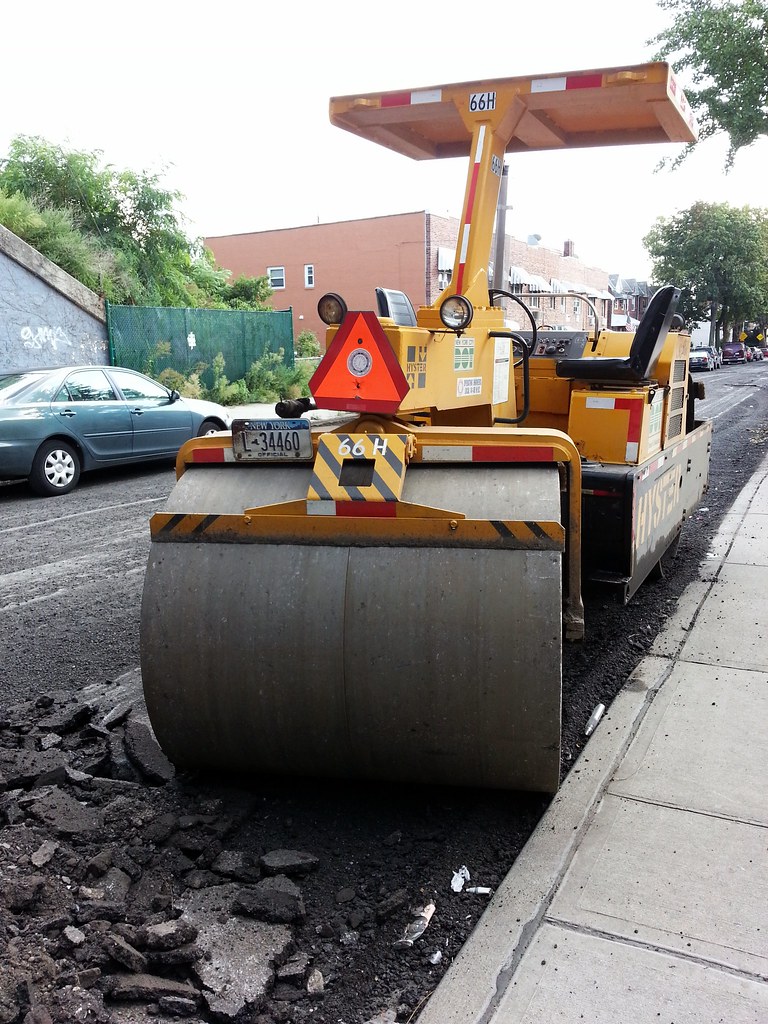
Looks like some sort of Rollinator. Note the empty rum bottle leaning against the curb by the driver's seat (close-up).
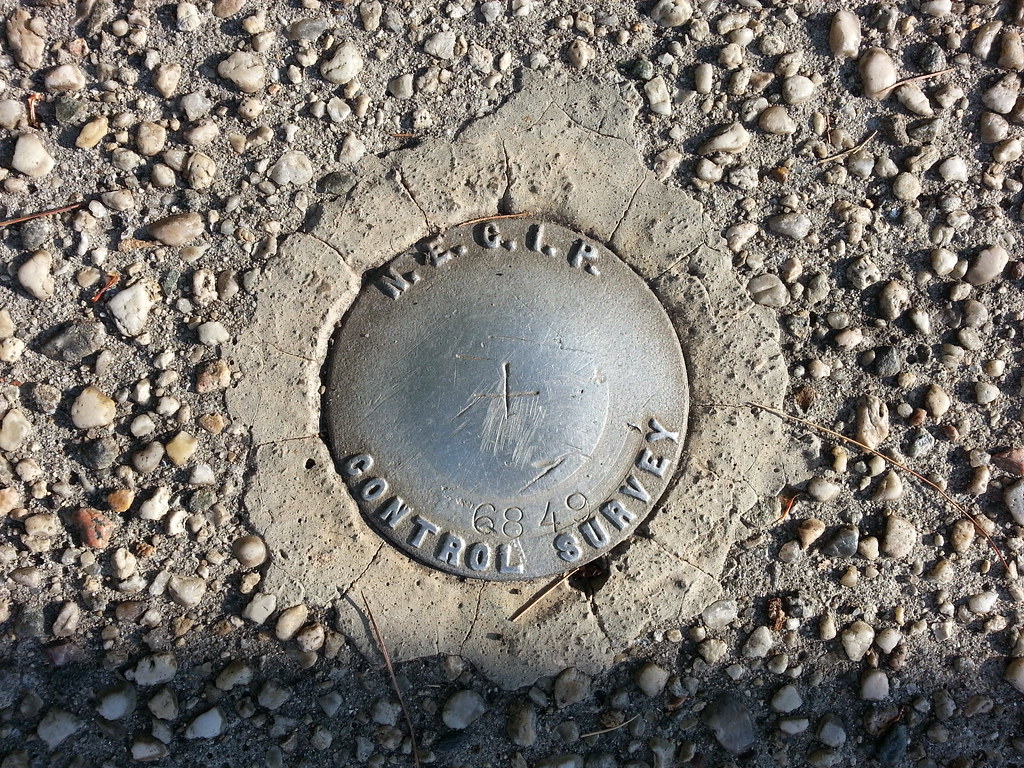
This survey marker (located a few hundred feet from the Northeast Corridor right-of-way) must have been installed in the late 1970s, when the federal government authorized the overhaul of our nation's busiest passenger rail line.

There's an ancient family cemetery sitting right in the middle of a block of apartment buildings in Woodside, Queens. The 51st Street side, where I took this photo, offers few suggestions that it's anything other than an overgrown vacant lot: there are a couple of small signs at ground level stating that it's a cemetery and asking people to pick up after their dogs, and there's this one odd little memorial for a person who died in 2009 staked into the ground, possibly an unauthorized addition to the burial ground, where no one has been interred since the 1860s.

As hinted by the building itself, this was once part of the New York and Queens County Railway Company's main depot and trolley barn. Most of the complex is now gone, and this two-towered structure was set to be demolished when the shopping center was built, but local residents supposedly formed a human chain around it to prevent the bulldozers from advancing, saving it from destruction and ensuring its continued survival, albeit as a Pizza Hut. There is, however, at least one other remnant of the former transit hub still hanging around, as we learned when we crossed paths with it a few months ago down at the other end of the block.
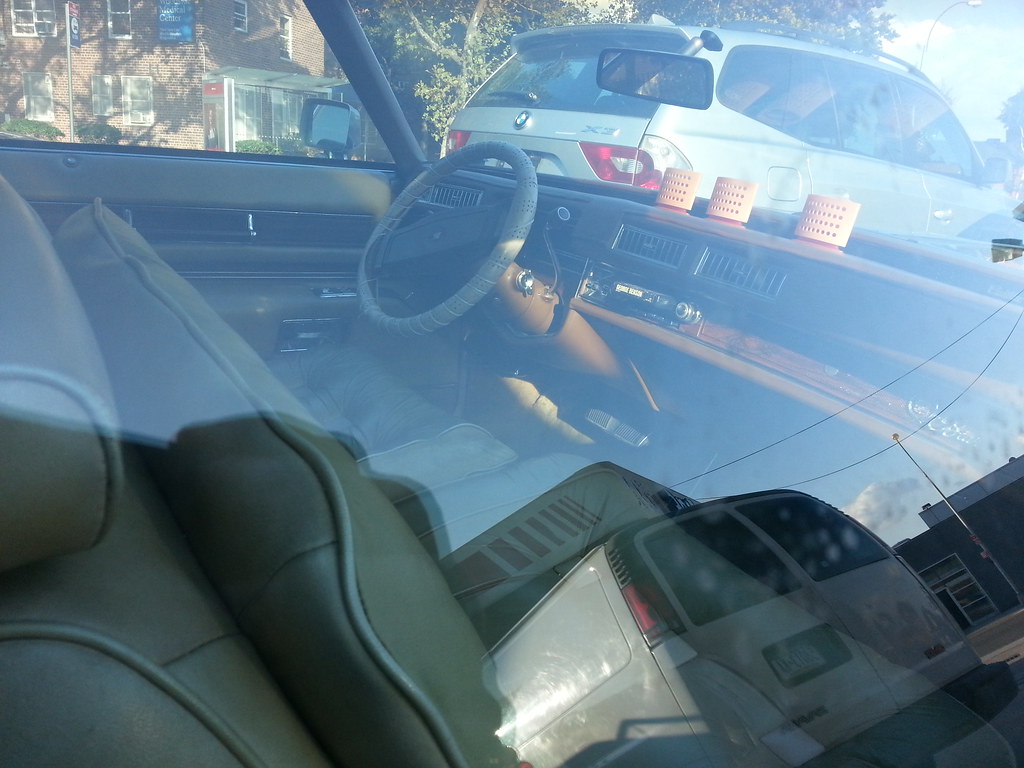
That's a George Benson album (Breezin', I believe) in the eight-track player.

This place looked much lovelier back in May of 2009.
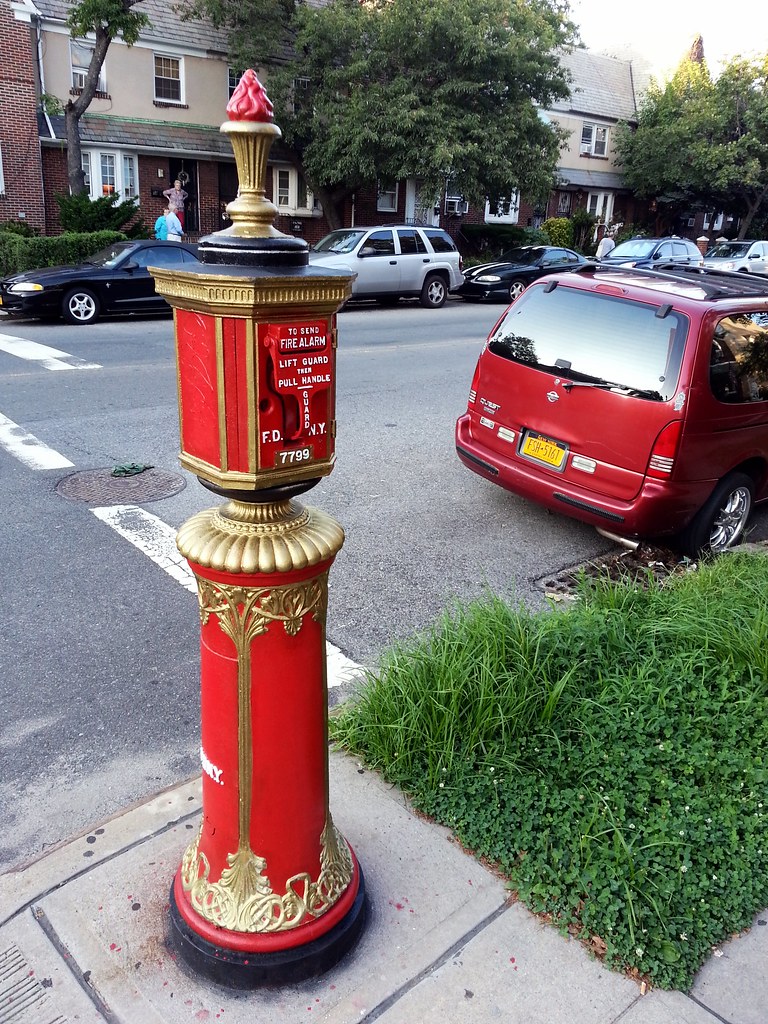
We've seen some spirited call boxes in the past, but this one takes the cake.
UPDATE: It's the work of this guy.

Commemorating area residents who served in World War I, this statue stands in Doughboy Park, the "mustering ground" where local soldiers used to gather before being shipped overseas during the war.
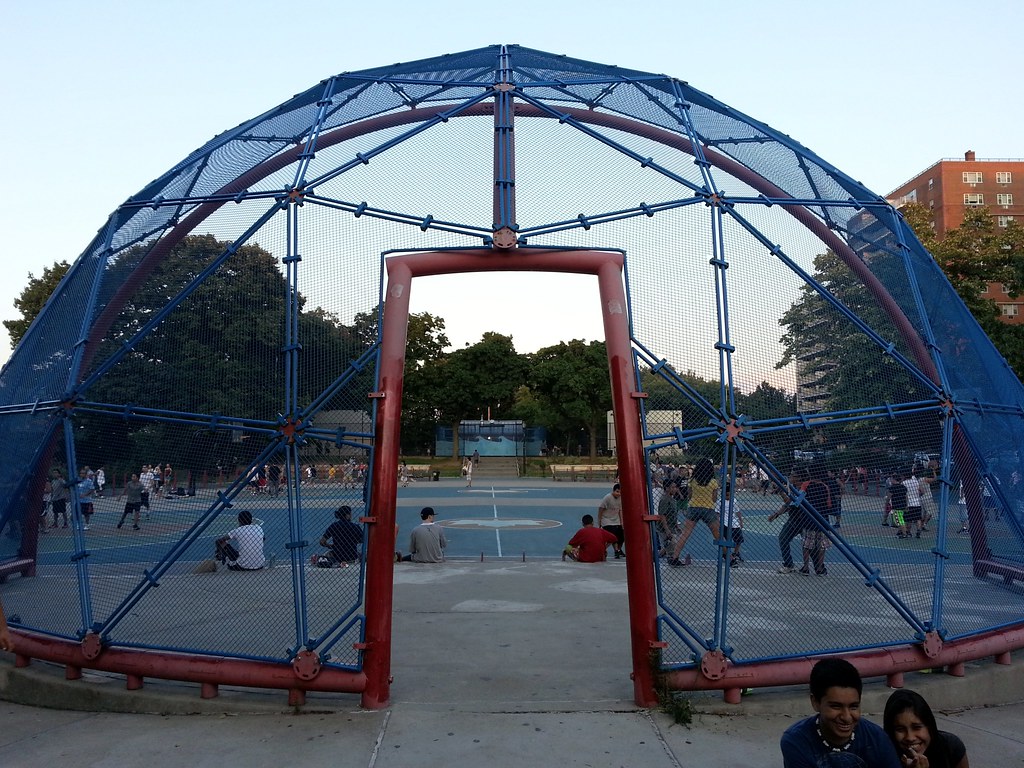
The park in which this playground resides is named for Louis Windmuller, "the noblest walker of them all", who had "no sympathy whatsoever for the healthy individual who prefers riding on horseback, in automobile or buggy, or on rapid transit trains, to peripatetics." He established "the most exclusive, distinguished, and enthusiastic walking club in America" and his thoughts on perambulation included the following: "A good rule to make your tramp a really enjoyable pastime is to be careful and not walk too fast."

In the late 1960s and early '70s, the city began deploying these smallish above-ground pools to neighborhoods without convenient access to the massive, Olympic-size WPA pools built in 1936 (like the one we saw in Astoria Park). By 1972, there were 74 mini-pools spread out around town, but their numbers dwindled once the city opened a new batch of in-ground pools in the early '70s; today there are only 19 mini-pools still in service. (You can read a wonderful, photo-filled history of public swimming in NYC here.)
The city also used to operate Swim Mobiles, which were trailer-size pools hauled around by trucks from one neighborhood to another. Here's a hilarious account of one out for a test run in the summer of 1987.


